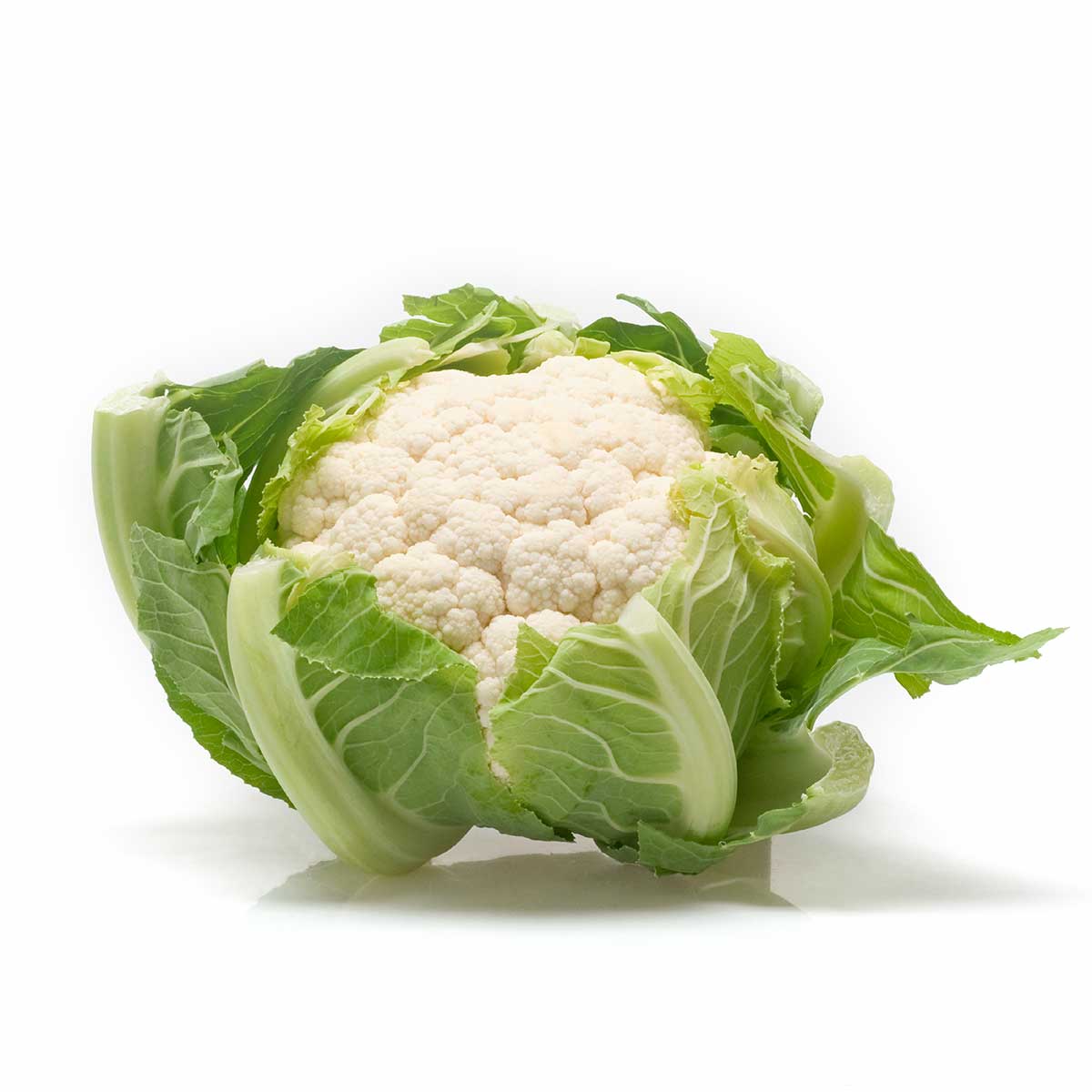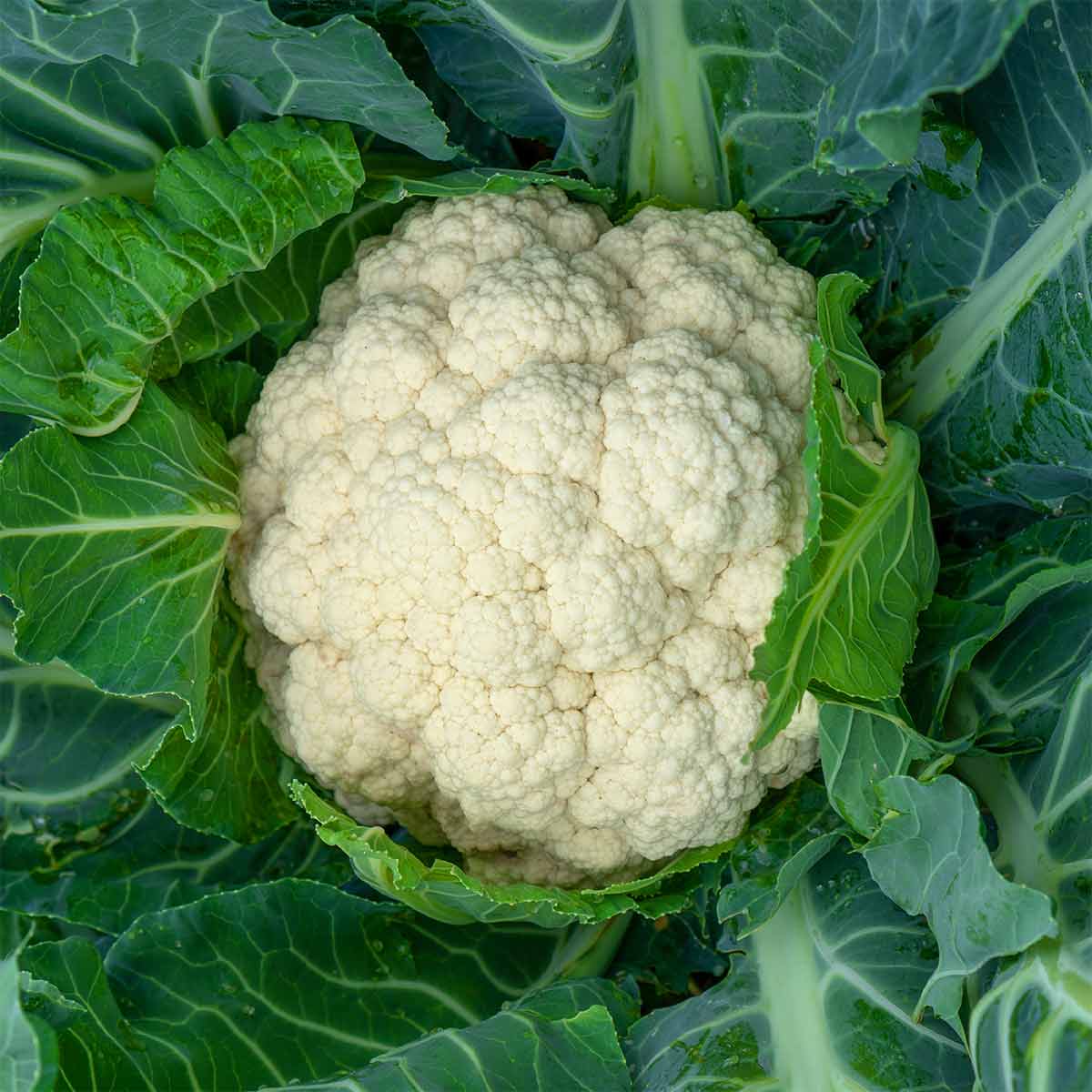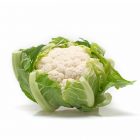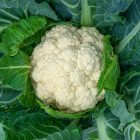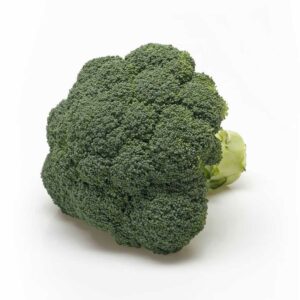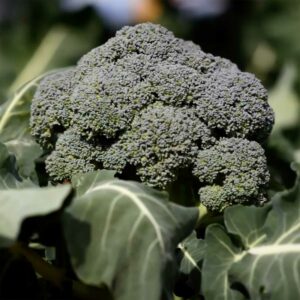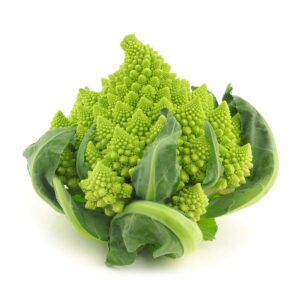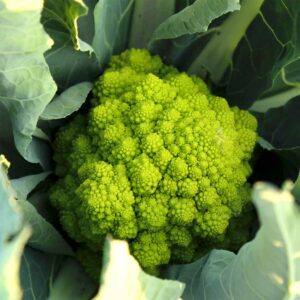Description

Cauliflower is a plant belonging to the species Brassica oleracea, of the Botrytis variety. It is related to turnip and cabbage. It is also related to broccoli.
It is a plant that is cultivated annually. It has very particular physical characteristics. The cauliflower has a white head or heart, it is an inflorescence formed by numerous flowers that are undeveloped, joined to a central axis. This head, as this part of the cauliflower is called, is surrounded by large, thick, greyish-green leaves. The size of this head can reach 30 centimetres in diameter and a weight of more than 2 kg.
There are many types of cauliflower, approximately more than 3,000 species, but currently three varieties are the most commercialised: white cauliflower, green cauliflower and purple cauliflower. At Verdimed we offer you different varieties so that all our customers can purchase the one they like the most.
Where did cauliflower originally come from?
Cauliflower originates from Asia. It is mainly a winter vegetable, with a pleasant and very characteristic flavour. It can be eaten in many ways, either raw or cooked. Among the possibilities are boiled, stewed, roasted, fried, cauliflower with cheese, mashed and in vegetable soups. There are many cauliflower recipes that we can incorporate into our diet, providing all the vitamins and minerals that cauliflower contains.
How cauliflower seeds are formed?
The reproduction of these plants is done by seeds. The seeds of cauliflower are born when they are planted in seedbeds, one centimetre deep. After 4 weeks and when the sprouts have reached a height of about 10 centimetres, they are transplanted into the vegetable garden.
For cauliflower seeds to grow well, they must be planted in clay soils, which retain soil moisture. In the previous tasks of soil preparation, it is convenient to collaborate with its nutritional values, adding manure or compost, which provide the required values of nitrogen needed for this type of crops.
As there are varieties of cauliflower that adapt to the different seasons of the year, it is possible to plant them in any season and this will allow us to have them all year round.
Is cauliflower good for you?
Cauliflower nutrients are known to all health food lovers, they are many and varied, as we will see below.
The benefits of cauliflower are the following:
- It provides minerals such as calcium, magnesium, phosphorus, potassium and manganese without adding any harmful cholesterol.
- if we analyse its properties, each 100 grams of cauliflower has only 27 calories and its composition is 92% water, which favours the cleansing of the organism. Moreover, it is a vegetable that helps us to lose weight.
- It helps prevent cancer, such as lung cancer, bladder cancer, breast cancer, prostate cancer, ovarian cancer and cervical cancer, which is why the benefits of cauliflower are so often mentioned.
- Boosting cerebral health: cauliflower is a great source of choline, a B-complex vitamin, known for its role in brain development, promotes learning and improves memory.
Recipes with cauliflower
There are many cauliflower recipes that we can make at home and get the maximum benefit from this vegetable rich in vitamins and minerals. The most acclaimed recipes are: baked cauliflower, cauliflower pizza dough, cauliflower cream or cauliflower au gratin with cheese.

